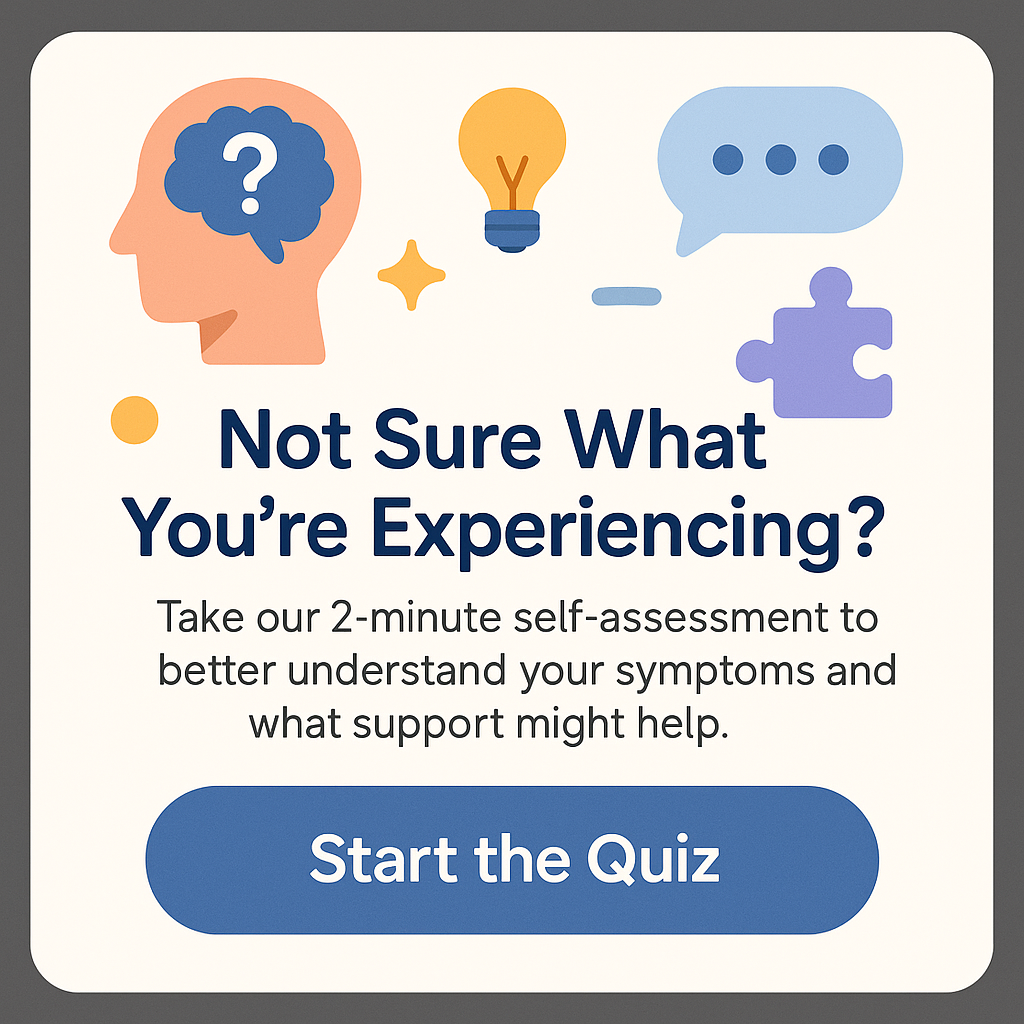Where is the highest rate of autism in the world?
Autism spectrum disorder (ASD) has emerged as a significant concern in health discussions globally. As we dive into the intriguing question—where is the highest rate of autism in the world?—we’ll uncover various factors contributing to these figures, ranging from diagnostic practices to genetic predispositions.
Understanding the landscape of autism can be bewildering. Reports and studies often reveal varying statistics, leading some to wonder if autism rates are genuinely climbing, if they’re merely the result of better diagnosis, or a combination of both. For parents, educators, and policy-makers, it’s crucial to have a clear grasp of autism prevalence and its implications. So, let’s embark on this exploration together.
The Global Landscape of Autism
When we ponder where is the highest rate of autism in the world, several countries rise to the forefront of discussions. According to a 2020 report by the Centers for Disease Control and Prevention (CDC), the prevalence of autism in the United States was reported at 1 in 54 children. However, countries such as South Korea and Japan have reported even higher numbers. For instance, a large-scale study in South Korea during 2011 indicated a prevalence of 2.6% among children aged 7 to 12 years.
But what makes these figures so diverse? The disparity in autism rates across different countries can often be attributed to how different cultures perceive and diagnose autism. In Western countries, there’s generally a higher awareness of autism, leading to more diagnoses. However, in many parts of Asia, including Japan and South Korea, increased school systems and medical structures led to an uptick in reported cases as initiatives were established to support children with autism.
The phenomenon where cultures that are more attuned to mental health issues show higher rates of encountered autism can certainly skew our view. For example, Finland has gotten attention for its progressive approach to mental health, guaranteeing support systems for individuals diagnosed with autism. It is essential to understand that a higher prevalence of diagnosis does not necessarily mean higher incidence or occurrence of autism but reflects awareness and diagnostic practices.
Factors Influencing Autism Rates
Now that we’re acquainted with some global statistics, let’s discuss the various factors influencing autism rates worldwide. One of the most significant contributors to the data we see is likely the increase in awareness and better access to healthcare services.
Countries with robust public health initiatives, like Denmark and the Netherlands, illustrate this idea perfectly. These countries have undertaken extensive efforts to ensure that children receive evaluations for autism, contributing to a greater number of individuals being classified as being on the autism spectrum. Hence, denser populations, comprehensive public policies, and outreach programs all lead to more people being diagnosed, making it appear as though autism rates are higher in these regions.
Additionally, the role of genetics is undeniable. Research shows a higher incidence of autism diagnoses among individuals who have a sibling with the disorder, which hints that genetics plays a crucial part in the development of autism. Another crucial aspect is environmental factors such as exposure to toxins and prenatal health, which remain areas of active exploration regarding incidence due to their potential impacts on neurodevelopment.
The technology and methods used for diagnosing autism can also contribute to the statistics we see. In nations where technology is prevalent, like the United States, a comprehensive array of evaluation tools exist. Consequently, clinicians can detect autism at increasingly younger ages, thereby inflating prevalence figures.
The Role of Education and Socioeconomic Status
Another critical consideration when examining where is the highest rate of autism in the world revolves around education and socioeconomic status. Access to quality education—particularly in areas focusing on developmental disorders—can significantly influence diagnosis rates. Countries such as Canada have made strides in providing academic resources, training educators, and promoting awareness, which results in increased identification of autism cases.
Socioeconomic factors also cannot be overlooked. Less developed regions with limited access to health services often have lower reported rates of autism, simply because fewer diagnoses occur. In areas where families lack the financial ability to seek medical attention or where healthcare is scarce, individuals may go undiagnosed for years. Thus, it is vital to differentiate between actual prevalence and those officially diagnosed or reported figures.
Cultural Differences in Autism Perception
Delving deeper into our exploration, we realize that cultural perceptions about autism bear a significant impact on diagnosis and reporting rates. In some cultures, there is a stigma associated with mental health conditions, leading families to avoid seeking help or formal diagnosis due to fear of ostracism. This cultural backdrop can further exacerbate the underreporting of autism cases in some regions, clouding the true picture of where is the highest rate of autism in the world.
Awareness campaigns and educational initiatives addressing autism can help combat this stigma. These campaigns are crucial in transitioning how communities perceive neurodevelopmental disorders, moving toward a more informed viewpoint that not only addresses autism as a challenge but also celebrates neurodiversity—embracing the differences in how people think and learn.
Case Studies: The Highest Rates of Autism
To put our findings into context, examining case studies from countries with the highest reported rates provides a clearer picture. As previously mentioned, South Korea holds one of the highest reported autism diagnoses, which has been attributed to the nation’s extensive screening programs coupled with a growing awareness of autism.
In 2012, a landmark study published in the Journal of Autism and Developmental Disorders showcased that almost 2.6% of South Korean children were diagnosed with autism. The study highlighted the importance of early childhood education and special programs tailored to identify autism in children.
Japan, another giant on our radar, has also reported increased autism rates in recent years, correlating directly with the nation’s effort to increase autism awareness and improve mental health services. The latest figures now estimate the prevalence at one in 100 children, considerably higher than previous decades.
While it’s easy to become overwhelmed with numbers, understanding the stories behind these statistics is critical. With a greater prevalence of reported cases comes an opportunity for enhanced resources and community-based support structures, proving that a comprehensive approach to autism can yield positive outcomes.
Future Implications and Global Efforts
As we ponder the question of where is the highest rate of autism in the world, it’s essential to consider the implications of rising awareness of ASD. Professional organizations and advocacy groups are tirelessly campaigning for better policies and educational resources that can make a significant difference for families affected by autism.
Globally, the World Health Organization (WHO) and other agencies are working to standardize autism diagnostic criteria and enhance research efforts. This move aims to provide a closer look at autism prevalence worldwide in a more uniform way.
The more accurate we can be in observing and reporting cases of autism, the better we can allocate resources and support programs aimed at individuals on the spectrum. It’s crucial to utilize data to inform educational strategies, healthcare policies, and community interventions that will effectively support families and individuals impacted by autism.
In regions with historically low reporting rates, local governments and NGOs are stepping up to identify gaps in services and advocating for systems that allow for screenings and diagnostics at an earlier age. As we enhance our global data collection efforts, addressing the public’s awareness surrounding autism will remain a significant aspect of ongoing discussions and initiatives.
Conclusion
As we have explored throughout this article, the question of where is the highest rate of autism in the world is more complex than it may initially appear. While countries like South Korea and Japan report some of the highest rates, understanding the factors behind these figures is essential in working towards a comprehensive understanding of autism globally.
Autism isn’t merely a statistic but represents countless individuals with unique experiences and challenges. As awareness and understanding of ASD grow, so too does the opportunity for positive outcomes and inclusivity in society. Countries that prioritize diagnosis, education, and support systems set an example for global healthcare, leading to a future where autism is better understood and effectively managed.
Thus, while we may identify where the highest rates of autism exist, our focus should remain on ensuring better care, understanding, and acceptance of all individuals, regardless of where they fall on the autism spectrum. Only then can we create a world that embraces and supports neurodiversity effectively.
FAQs
1. What is the current global prevalence rate of autism?
The global prevalence of autism is estimated at about 1 in 160 children, though this rate can vary widely by region and is influenced by diagnostic practices.
2. Which countries have high rates of autism?
Countries like South Korea, Japan, and the United States are known for high reported rates of autism, primarily due to comprehensive diagnostic systems.
3. Are autism rates increasing worldwide?
It appears that reported autism rates are increasing globally, but this may largely be due to improved diagnosis and awareness rather than a true increase in incidence.
4. How does awareness impact autism diagnosis rates?
Increased awareness leads to more individuals being screened and diagnosed, as families and educators are more informed about autism signs and symptoms.
5. Why do some cultures underreport autism cases?
Cultural stigma around mental health issues and lack of access to healthcare contribute significantly to low diagnosis rates in some regions.







